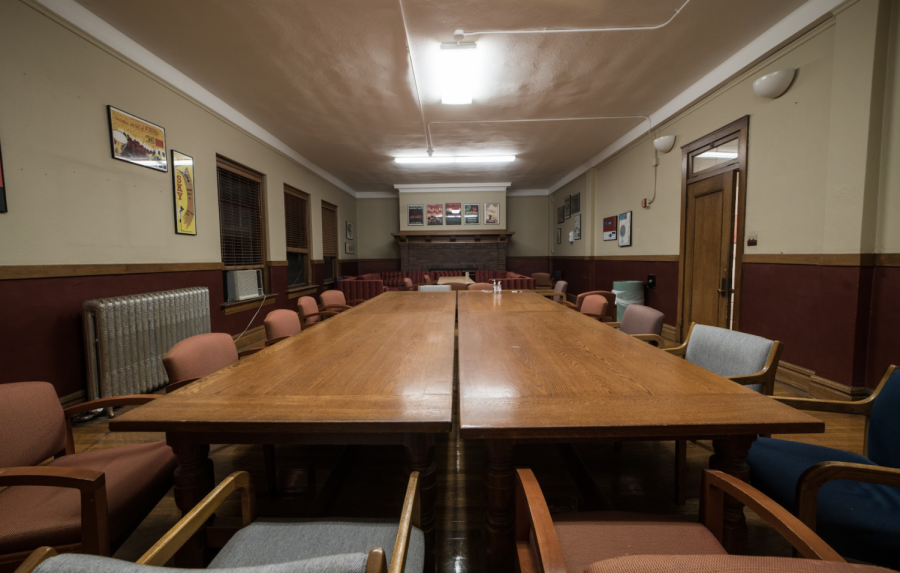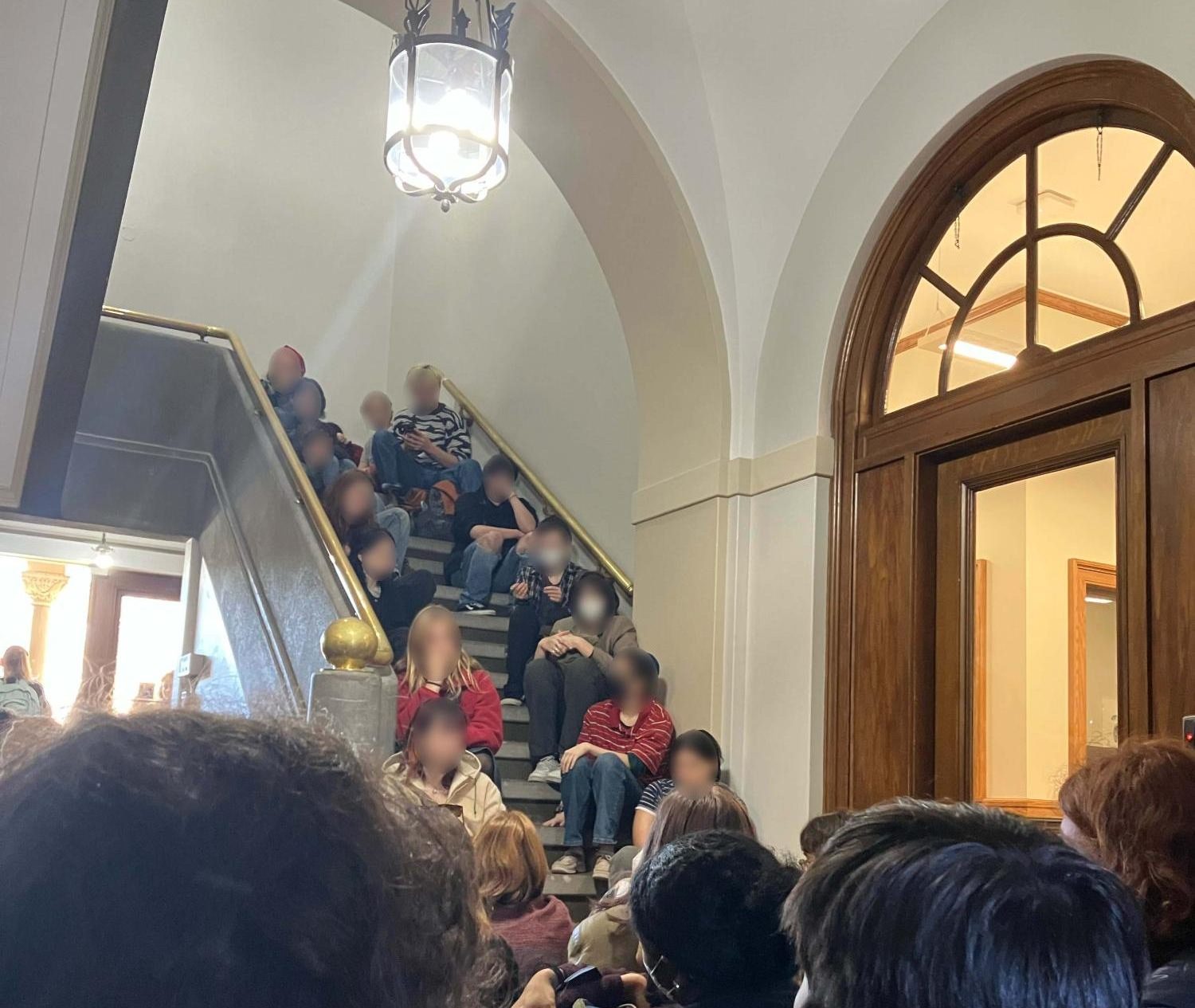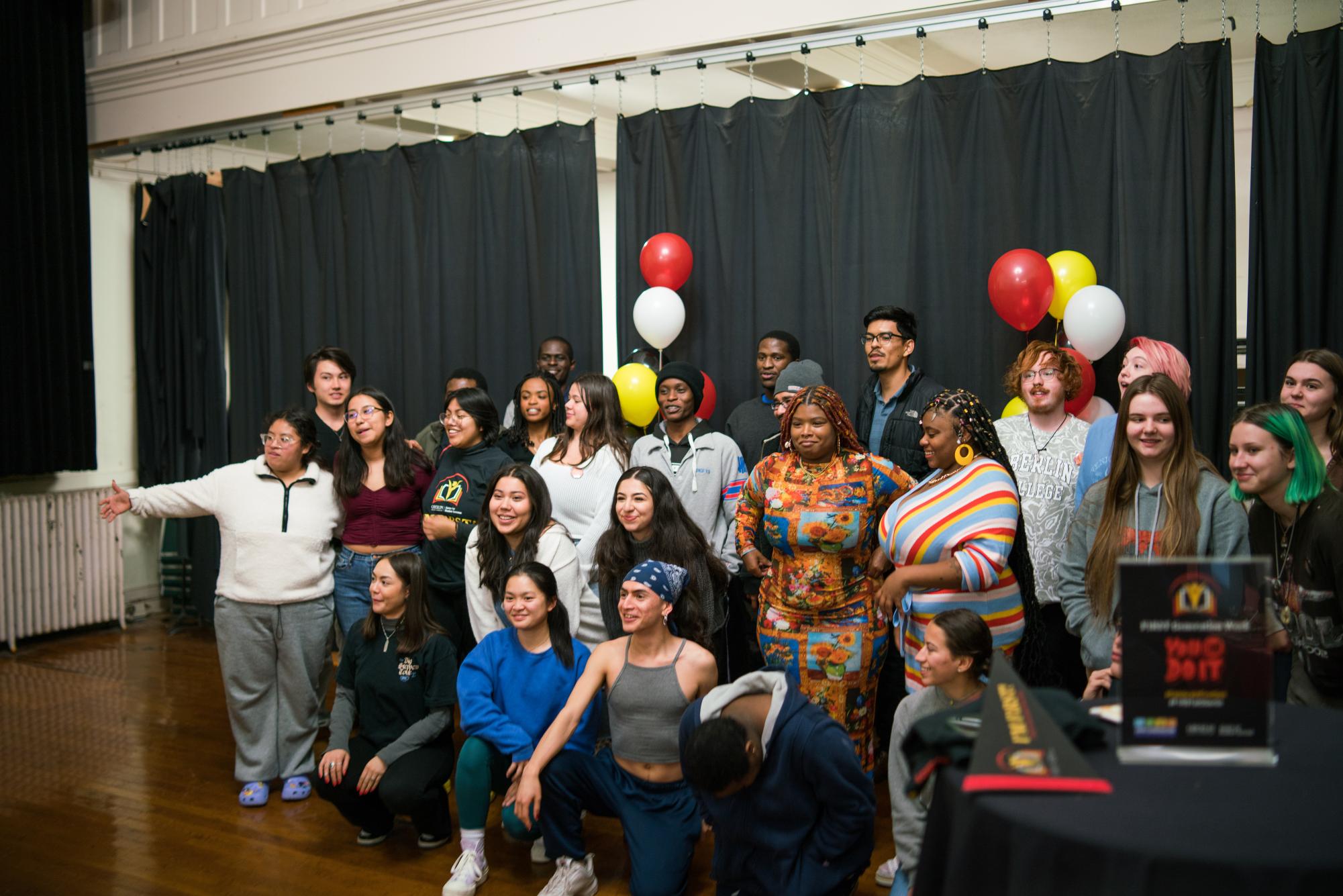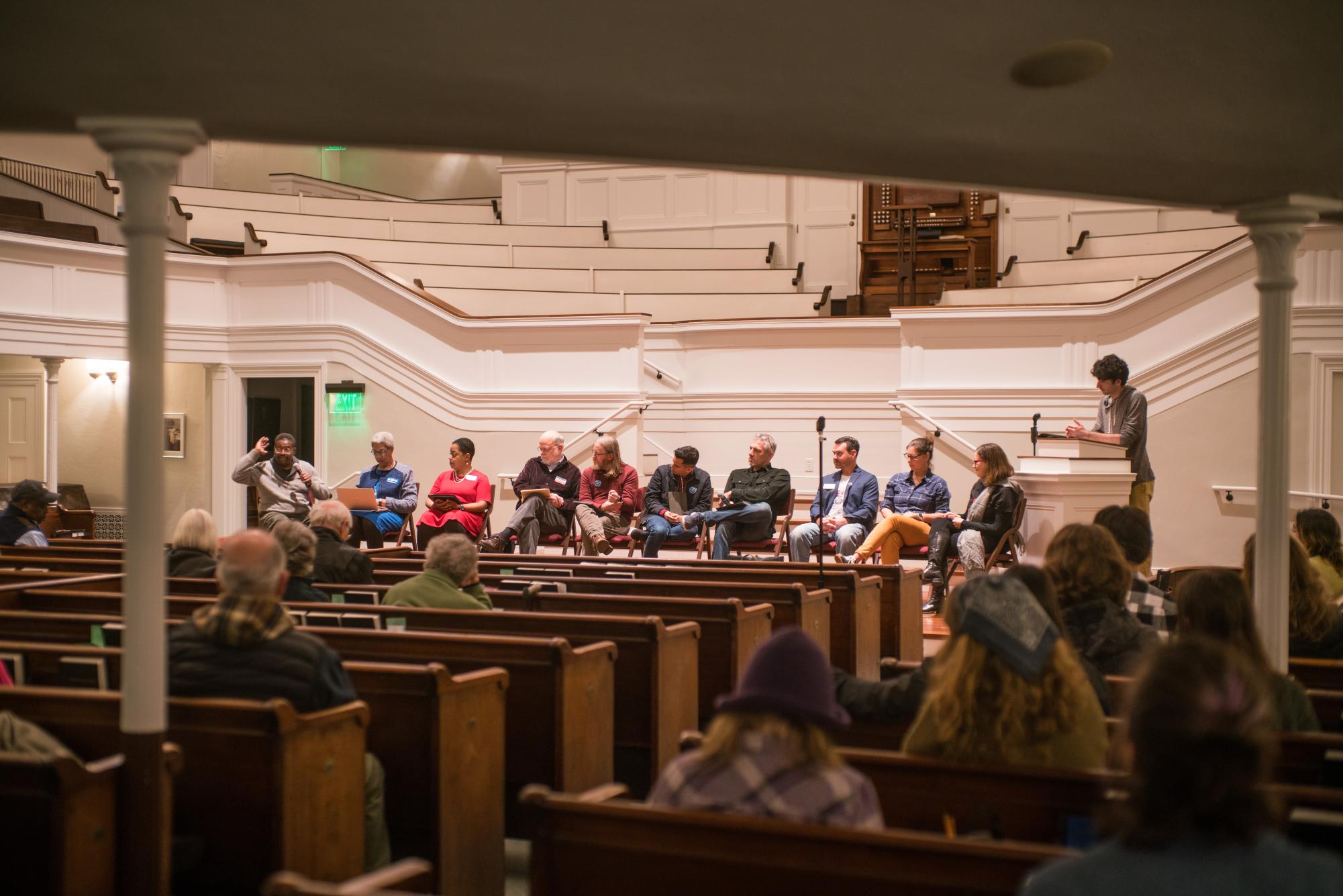SFC to Disburse Student Activities Fund at Pre-Pandemic Rate
As of May 2022, the Student Finance Committee has spent the entirety of the surplus funds it had available in the 2021-22 academic year. SFC was able to grant more funds to student organizations than it would under regular circumstances due to a variety of COVID-19 restrictions that limited the number of organizations requesting funds. With COVID-19 restrictions now lifted, there are more student organizations requesting funds than last year. The funds available for the 2022-23 academic year, however, are similar in size to the sum of the Student Activity Fund from the 2019–20 academic year.
According to Director of Student Involvement Tina Zwegat, budgeting for student organizations and fiscal policies as a whole are continually subject to change pursuant to student and institutional needs. In the 2021-22 academic year, students were eager to restart organizations that had become inactive during the first year of the pandemic, incurring higher initial capital costs.
“The Office of Student Leadership and Involvement stays on top of this and continually works with SFC and student organizations to ensure that the money is well spent and that there is collaboration whenever possible,” Zwegat wrote in an email to the Review.
This semester, the total amount of money requested from all councils (e.g. Student Senate, publications, club sports) was $1,318,799.84. SFC had $713,000 to allocate and finally distributed $620,423.06 across organizations. The rest went to adhoc to support unforeseen expenses and for innovative events or programming. Adhoc funds have been distributed at $10,000-$15,000 per week to ensure that cultural and religious organizations, as well as other groups on campus, have funding for events later in the semester.
For additional context on SFC spending, the total allocation during the 2016–17 school year was $1,224,610.66, averaging at $612,305 per semester. This fall has already seen higher expenditure than the 2016–17 average.
There have been many requests for funding that SFC has been unable to accommodate this year due to lack of money and increased demands to their budget. Cultural organizations requested $57,210.21 worth of funding but received $20,206.97. There is also a notable difference between requests for funding and the amount allocated to club sports, which asked for $132,259.78 but received $43,499.24.
“The only reason we cut is if expenses are too high to be equitable or if the event violates an Oberlin policy,” Leo Hidy, head of SFC, wrote in an email to the Review. “If organizations ask for a high amount of funding, but they abide by policy, we will work with them to find a compromise.”
SFC change in budgeting has also left differences in large student organizations such as Student Senate. Though tasked with the general updating and wellbeing of Student Life, Student Senate has had to rethink and accommodate for the overall decrease in student funding.
“This year we’ve gotten more creative with partnering with more student orgs and reaching out to departments whose interests may align with an event to pool funding,” Chudi Martin Jr., president of Student Senate, said. “Overall I’d like to commend SFC for ensuring that student organizations can keep the heart of what they aim to accomplish possible. It’s tough to tell so many great people with great ideas no, and I think SFC has been doing a great job in helping people figure out other ways to accomplish meaningful work even if SFC can’t entirely fund it.”







